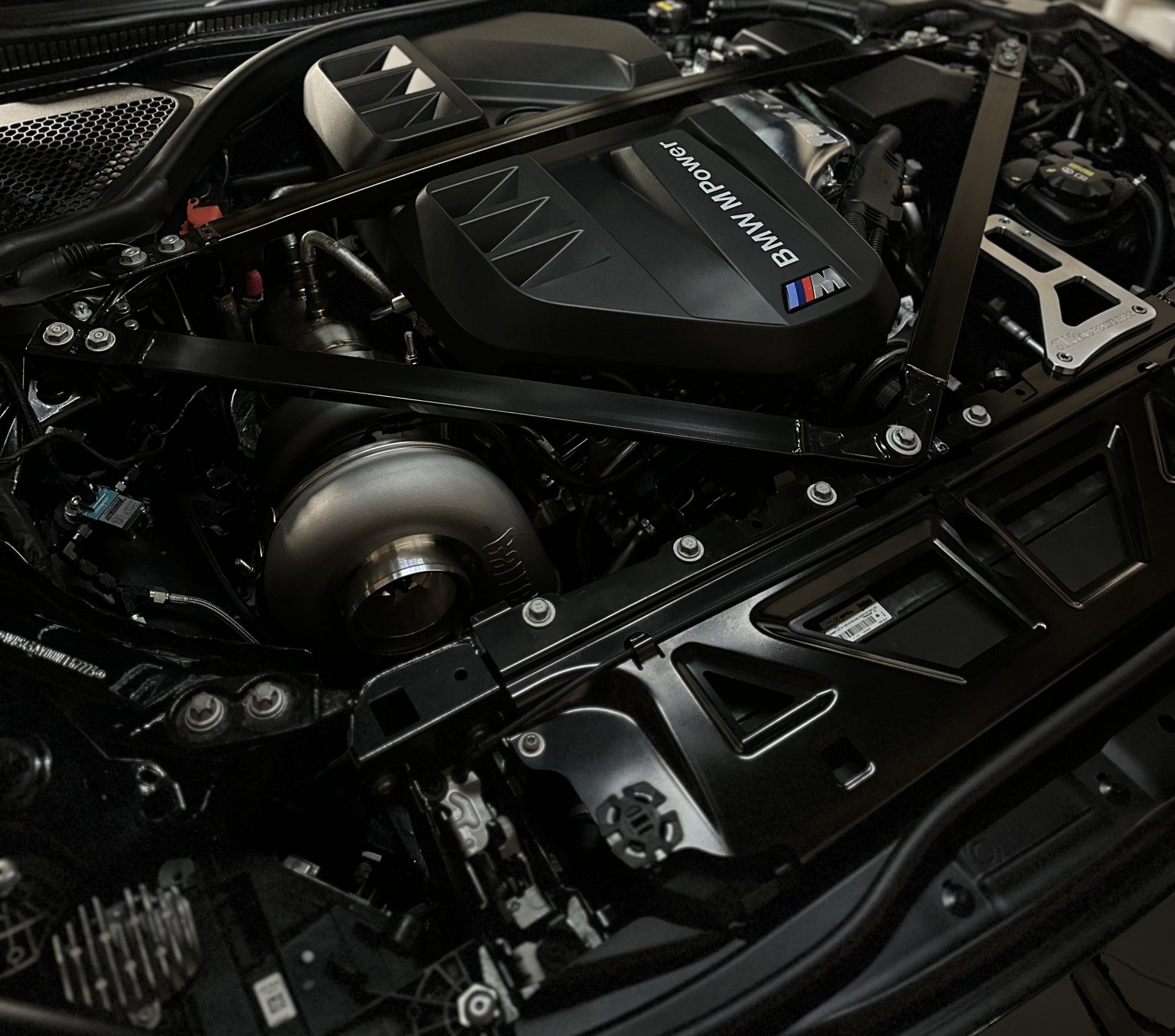A Comprehensive Overview to Comprehending BMW Engine Specs
A Comprehensive Overview to Comprehending BMW Engine Specs
Blog Article
Unveiling the Intricacies of Next-Generation Power Units: a Deep Dive Into Advanced Engine Advancements and designs
As we stand on the precipice of a brand-new age in transport, the details of next-generation engine styles beckon us to check out the cutting-edge technologies and innovations that guarantee to redefine the driving experience. Delving much deeper into the worlds of emission control, smart engine management systems, and the horizon of power device growth, we find ourselves on the cusp of a change that promises to improve the landscape of movement as we understand it.
Development of Engine Products

The change towards progressed engine products has also enabled engineers to design engines with greater power outcomes while maintaining fuel effectiveness criteria. The usage of light-weight materials lowers the total weight of the engine, leading to enhanced fuel economic situation and lower discharges. In addition, developments in products modern technology have permitted much better thermal monitoring within engines, causing boosted reliability and durability.
Turbocharging and Supercharging Technologies
How do Turbocharging and Supercharging Technologies reinvent engine performance and efficiency in contemporary vehicles? Supercharging and turbocharging are innovations that significantly improve engine performance by increasing the amount of air intake into the combustion chamber. Turbocharging attains this by utilizing a generator driven by exhaust gases to pressurize the consumption air, while turbo charging makes use of a belt- or chain-driven compressor to achieve the exact same effect.
These technologies enable smaller, a lot more fuel-efficient engines to generate power equal to bigger ones, recognized as downsizing. Forcibly more air right into the cylinders, turbo charging and turbocharging enhance combustion efficiency, causing enhanced horse power and torque result without a significant increase in engine dimension. This brings about much better acceleration, pulling capacity, and general driving efficiency.
In addition, turbocharging and supercharging add to enhanced gas effectiveness by enabling the use of smaller engines that take in much less fuel under regular driving problems - bmw engine. This mix of boosted performance and effectiveness has made turbocharging and turbo charging important parts of lots of modern engine layouts
Discharge Control and Environmental Effect
With increasing international issues relating to air top quality and ecological sustainability, the implementation of emission control technologies in cars plays an essential duty in decreasing damaging pollutants released into the atmosphere. Modern cars are furnished with advanced exhaust control systems that aid reduce the environmental influence of automobile operations. Catalytic converters, as an example, are made to transform poisonous gases such as carbon monoxide gas, nitrogen oxides, and hydrocarbons right into less unsafe materials like carbon dioxide and water vapor.
Additionally, developments in engine technology, such as the combination of exhaust gas recirculation systems and discerning catalytic decrease, have actually dramatically contributed to reducing emissions. These modern technologies function in tandem to enhance burning effectiveness and minimize the release of harmful toxins right into the air. Furthermore, the growth of crossbreed and electrical vehicles represents an essential step in the direction of decreasing the general ecological impact of the transportation market.
Intelligent Engine Monitoring Solution

Furthermore, these systems enable vehicles to fulfill stringent exhausts criteria without compromising performance, supplying an extra ecologically friendly driving experience. The integration of expert system and artificial intelligence capacities in engine administration systems remains to push the limits of what is possible, causing additional enhancements in efficiency, dependability, and total automobile performance. bmw engine. As auto modern technology developments, intelligent engine monitoring systems will certainly play an important function fit the future of transportation towards a much more efficient and sustainable direction
Future Trends in Power Device Advancement
As intelligent engine administration systems lead the method for enhanced control and optimization in contemporary lorries, future trends in power system development are positioned to redefine the landscape of her response automotive propulsion modern technologies. Among the key trends driving development in power system growth is the change towards electrification. With a boosting focus on sustainability and decreasing carbon discharges, crossbreed and electric powertrains are ending up being much more common in the automobile industry. These alternative power sources supply enhanced performance and efficiency while aligning with rigorous environmental regulations.
An additional substantial trend is the integration of advanced materials and manufacturing techniques. Light-weight materials such as carbon fiber and light weight aluminum are being bmw engine used to decrease overall lorry weight, improving gas efficiency and efficiency. In addition, improvements in 3D printing and additive manufacturing are enabling the production of intricate engine elements with higher precision and durability.
Furthermore, man-made intelligence and artificial intelligence are playing a vital function in enhancing power device efficiency. These modern technologies permit for real-time surveillance and adaptive control, bring about more trustworthy and effective power delivery. In general, future fads in power system advancement are tailored in the direction of performance, sustainability, and performance, driving the automobile industry in the direction of a new age of propulsion innovations.

Conclusion
In verdict, the advancements in engine materials, turbocharging, emission control, and smart administration systems have actually paved the way for next-generation power systems. The detailed layouts and innovations in contemporary engines display the recurring development of automotive modern technology.
Discovering the dynamic advancements in engine products has actually been pivotal in enhancing the performance and effectiveness of modern engines. Over the years, the advancement of engine materials has actually played an essential role in pressing the limits of what engines can attain.The shift in the direction of progressed engine products has actually also made it possible for designers to design engines more helpful hints with higher power outcomes while preserving fuel effectiveness standards.The application of intelligent engine management systems in modern vehicles has revolutionized the means engines are managed and optimized for performance and effectiveness. By gathering data in real-time and evaluating it with advanced formulas, intelligent engine management systems can adjust to driving styles, ecological elements, and engine wellness to optimize power output while minimizing gas consumption and discharges.
Report this page